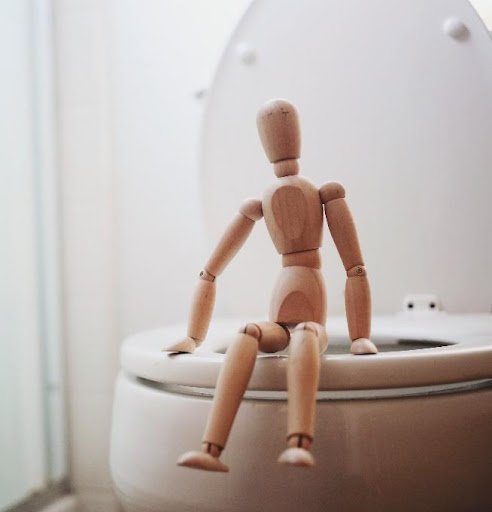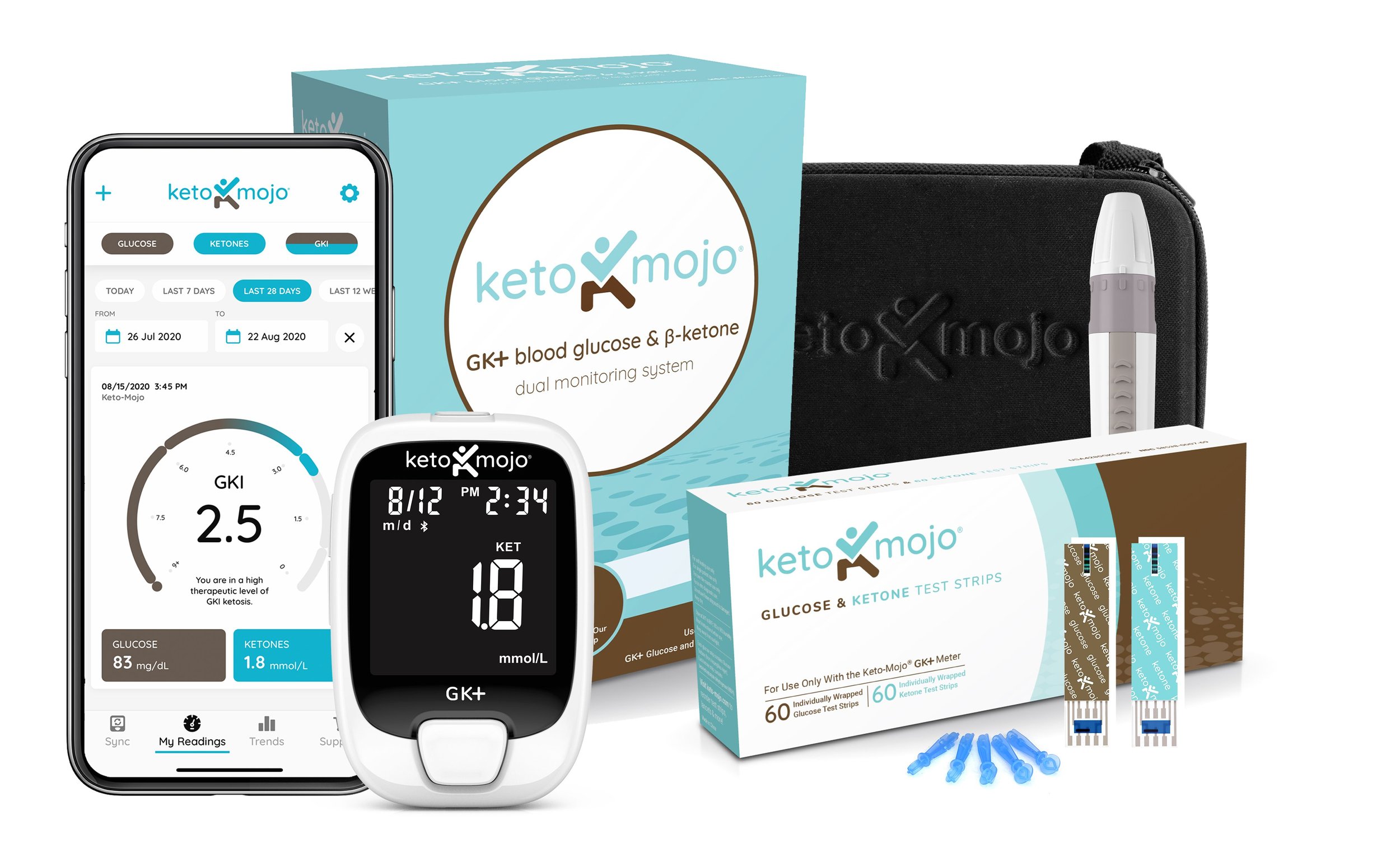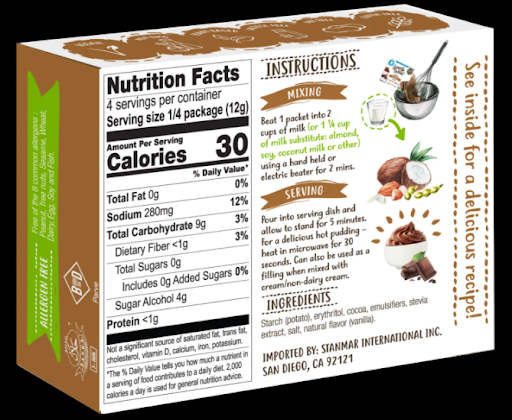Hippity-Hoppity Keto-Friendly Easter Recipes & Activities
/Recipe and Content Contributor: Taylor Parrish, RDN, CLC, LD
Wow, I can’t believe it’s already springtime and a furry bunny has been spotted hopping around your neighborhood! Whether you celebrate Easter for its biblical significance or not, most families take part in the Easter festivities – egg hunts, baskets, brunch/dinner, etc.
Most holiday festivities include food and being on keto and not eating what other kids are eating can be very difficult. However, as a parent, we can refocus on what’s important and how we celebrate different holidays. Being on keto is a great way to start new traditions or refresh old traditions where holidays aren’t just about the treats involved. Don’t get me wrong – treats are yummy and there’s a place for them, but if you find yourself struggling with holidays because of the treats, now is a great time to find a new way to celebrate.
Check out this article from Country Living that may help you celebrate Easter a little differently this year. Although not all these ideas are appropriate for keto, there are some cute ideas to consider that don’t involve food. And I don’t know about you, but my kiddos just love the hunt for the Easter eggs…not necessarily what is inside of them!
Also, check out our family’s toilet paper bunnies from Easter in 2020 – when TP was a hot commodity.
Here are some more non-food ideas to help you celebrate Easter:
Fill eggs with little toys, coins to buy a smaller toy at the store, Bible verses, etc.
Get outside! Take a walk, plant some flowers, ride your bike, and/or drop off a basket for your neighbors.
Check out these fun confetti eggs from Amazon
Decorate easter eggs
Set up an Easter scavenger hunt that ends with a cool new toy or book!
Oodles of options for Easter crafts & activities on Amazon such as:
Check out these store-bought Easter candies and kitchen gadgets:
In place of the Bunny Marshmallow Peeps, try Birthday Funfetti Max Mallow- with glitter
Favorite Easter Recipes
Easy Chocolate Covered Low Carb Marshmallows (Recipe credit: ChocZero)
Strawberry Cheesecake Fat Bombs (Recipe credit: Charlie Foundation for Ketogenic Therapies)
The BEST Keto Carrot Cake (Recipe credit: KetoCook)
Easter Candy (Recipe credit: Charlie Foundation for Ketogenic Therapies)
KetoCal® Easter Recipes (Recipe credit: Nutricia North America)
Salted Caramel Easter Chocolates (Recipe credit: Matthews Friends)
Coconut Easter Nests (Recipe credit: Matthews Friends)
We hope these activities, ideas, and recipes make your keto Easter and springtime a little bit tastier! Please share your tips and tricks on how you and your keto hero celebrate the Easter season when navigating a ketogenic diet.































































































































































